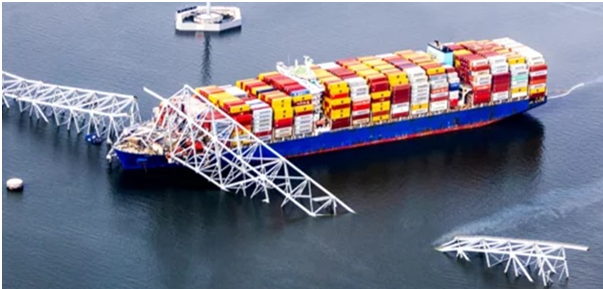
Data released today, Monday, 8 April by Xeneta, the ocean
freight rate benchmarking and intelligence platform, reveals average spot rates
from the Far East into the US North East Coast (including Baltimore) have
fallen slightly (-1%) since the bridge collapse on 26 March to stand at USD
5421 per FEU (40ft shipping container). When
including other US East Coast ports such as New York / New Jersey, rates from the
Far East have decreased by 3% in the same period.
Average spot rates from North Europe to the US North
East Coast have fallen by a larger 8% in the same period to stand at USD 2357
per FEU. When including other US East Coast ports, rates have decreased by 4%.
Peter Sand, Xeneta Chief Analyst, said:
“Spot rates have not reacted but that doesn’t mean shippers with cargo heading
to Baltimore are not affected – on the contrary they are seeing containers
arriving at ports they were not expecting.
“Ocean freight container shipping rates may
not have increased following the bridge collapse, but this incident is yet
another problem for shippers to handle on top of all the other disruptions
impacting supply chains at the moment, including the ongoing diversions in the
Red Sea region and drought in the Panama Canal.”
On Friday, 5 April, the Port of Baltimore issued an
update stating it expects to open a 280-feet wide and 35-feet deep federal
navigation channel by the end of April, followed by a reopening of the
permanent 700-feet wide and 50-feet deep channel by the end of May, restoring
port access to normal capacity.
While shippers will welcome a timeline for the
reopening of maritime lanes into Baltimore,
Sand believes importers into the US East Coast could be set for further
disruptions in 2024 due to labor negotiations.
The International Longshoremen’s Association’s
six-year contract with the United States Maritime Alliance, which represents
port terminal operators and ocean carriers on the East Coast, expires on 31
September – and no new agreement has yet been reached.